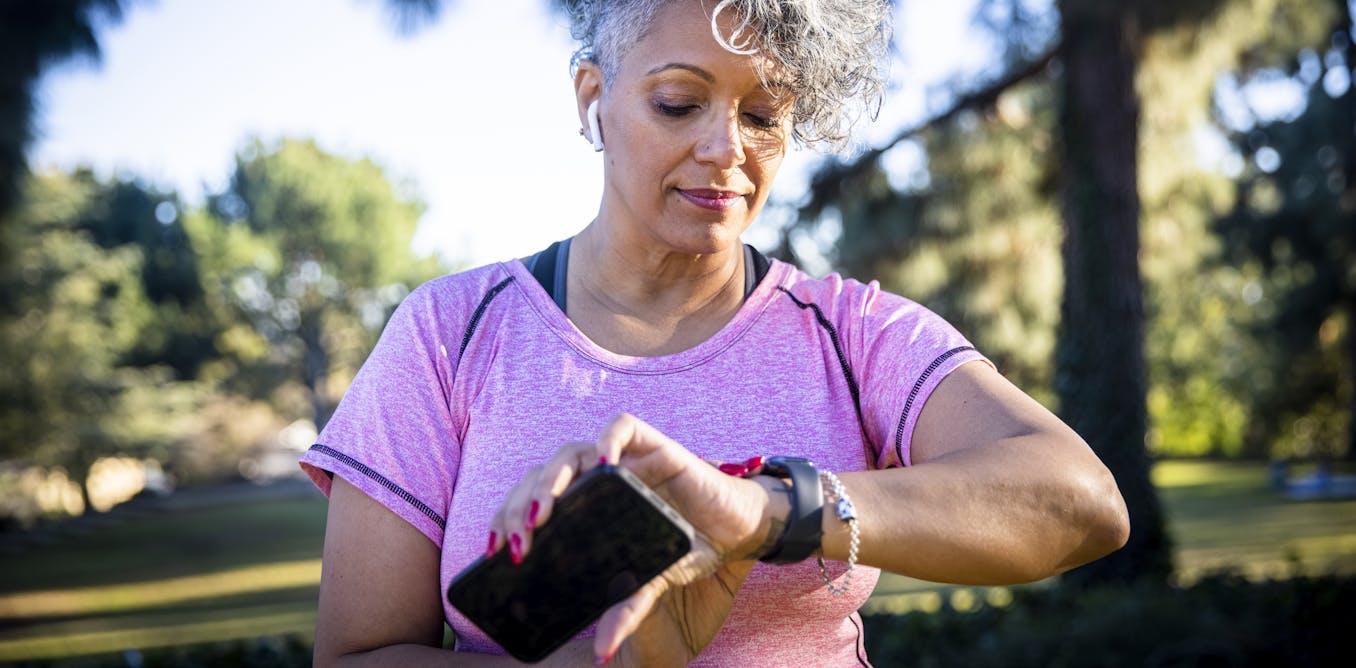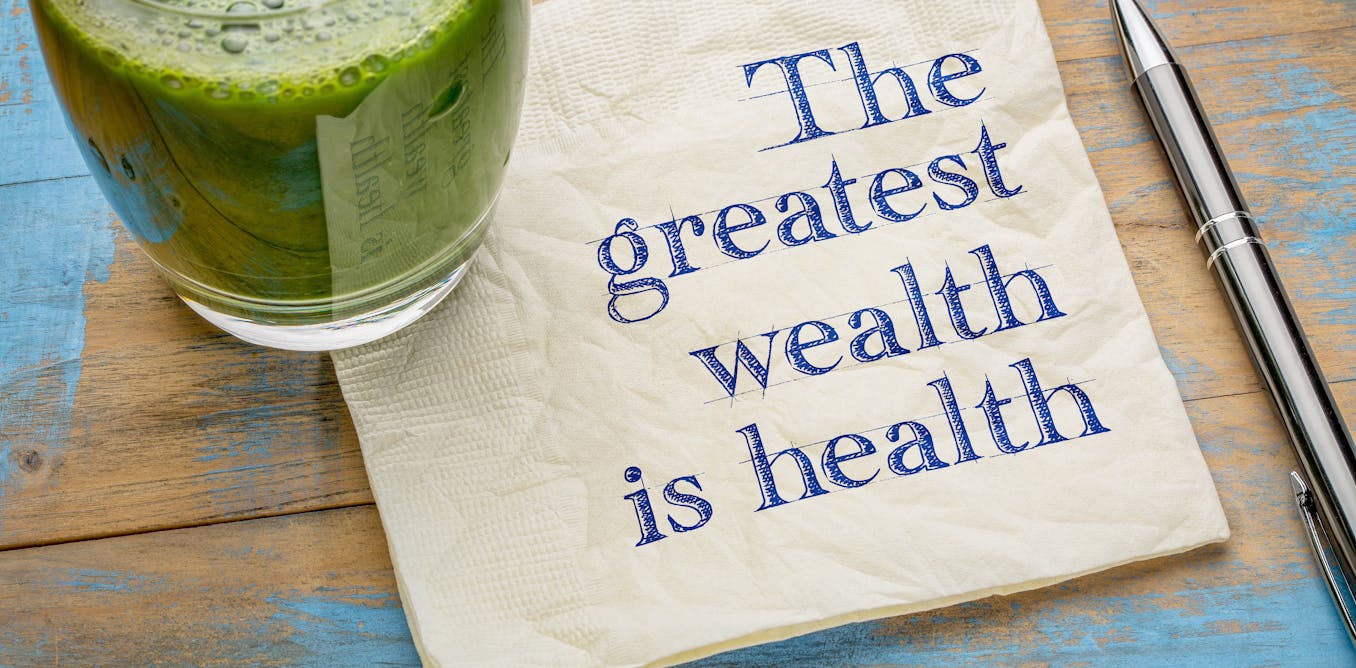SCHOOL’S out for summer and millions of kids are swapping the classroom for outdoor fun with pals.
But it’s important to be aware of seasonal illnesses and dangers that are more common at this time of year.
8
From migraines and food poisoning to sunburn and open water, wellbeing perils are all around.
The Royal Society for the Prevention of Accidents says most hazards strike when schools have closed.
And the Royal Life Saving Society warns accidental drowning deaths among children have doubled in four years.
Thankfully, Dr Helen Wall, senior GP partner from the NHS Oaks Family Practice in Bolton, says parents can mitigate the risks.
READ MORE ON SUMMER HOLIDAYS
Clare O’Reilly explains how .
Drowning

8
WATER poses well-known summer risks. In the past four years, 125 children have drowned in England, the RLSS says.
It warns as little as two inches of water is enough to pose a deadly risk, as young children have smaller lungs and do not always have the same reflexes or instincts.
Dr Helen says: “Children can drown in small amounts of water, including in paddling pools and swimming pools, even if they can stand up.
“Drowning children don’t cry out for help, they disappear under the surface quietly.”
Never ever leave children unattended, and kit them out in bright swimwear – but not blue – so they can be seen under water.
Dr Helen adds: “Parents must talk to their children about the dangers of open water. Even when it’s really hot, it’s a risk, even to good swimmers, as the water can be a lot colder than expected, leading to cold-water shock.”
Heat stroke

8
THE UKHSA estimates there were 2,985 excess deaths in England in summer 2022, when the temperature hit a high of 40.3C.
They were mainly people aged over 65, a group with more chronic conditions that raise their vulnerability.
But children are also at a much higher risk of heat exhaustion that, if not managed quickly, can lead to life-threatening heatstroke.
Kids with heat exhaustion may be tired, dizzy, sickly or weak, complain of headache or muscle cramps, and be clammy or sweaty.
Dr Helen says: “Move them to a cool place, remove excess clothing, encourage them to drink cool fluids, cool their skin with a fan or water.
“If they don’t improve in half an hour or are confused, not alert or not responding, or if they’re fitting, are sensitive to light or have a very high fever, seek urgent attention at A&E.”
Migraines

8
YOU are not imagining it – the hotter weather does mess with your head.
And if you suffer migraines, rising temperatures can prove a trigger, according to The Migraine Trust.
It says the body loses more fluid in sweat which, if a person is not replacing it with water, can lead to dehydration and a migraine.
Dr Helen says: “About ten per cent of children aged five to 15 experience migraines and up to 28 per cent of teens get them.
“Half of people who get migraines have their first attack before they are 12 years old.
“If your child has a really sore headache, keep noise to a minimum, give them plenty of fluids and ibuprofen and paracetamol, which they can take alternately every four hours.
Dr Helen adds: “If it’s a recurring problem, see the GP. If they develop a sensitivity to bright lights, seek help immediately.”
Food poisoning

8
THERE are around one million food poisoning cases in the UK annually with a rise in summer, according to the Food Standards Agency.
Undercooked barbecue food and food left out in warm temperatures could be to blame.
Dr Helen says: “Foodborne bacteria, such as campylobacter, listeria and salmonella, can make children really poorly.
“Campylobacter is the most common cause of food poisoning in the UK, while the FSA says 380,000 norovirus cases are linked to food each year. Children may be more susceptible to food poisoning than adults as they have less well-developed immune systems.
“The most important thing is to maintain hydration.
“Children are at greater risk of dehydration from diarrhoea and vomiting. Pharmacists can advise you on rehydration medication.
“If your child is becoming dehydrated – dry lips, less responsive, not passing urine – see your GP or go to A&E, urgently.”
Burns

8
SUMMER burns come in various forms, the most common being sunburn.
But BBQs pose a risk too.
In 2022/23, 89 children and 25 babies were admitted to hospital with sunburn.
Dr Helen says: “Sunburn must be avoided. In children, it isn’t only painful, it can cause severe dehydration, heat stroke and a significantly increased risk of cancer. Keep children, especially babies, out of direct sunlight.
“They should wear hats and sun cream. Reapply it every two hours and always after swimming.”
Dr Helen added: “If burned, give them extra fluids and monitor for dehydration and heatstroke. Don’t pop blisters as it’s an infection risk.
“Use painkillers, cool baths, after-sun and aloe gel.”
Dr Helen adds kids must be kept away from barbecues even after cooking as they stay hot.
Seek medical attention for a burn that is: larger than the person’s hand, is on their face, neck, hands, feet or genitals, or causes pale, white or blackened skin.
Dehydration
ALONGSIDE heatstroke and heat exhaustion, dehydration is one of the main risks hot weather poses.
The signs in children include dizziness, tiredness, a dry mouth or lips, sunken eyes and urine that is deep yellow and less frequent.
In babies, the signs are sunken eyes, few tears when crying, fewer wet nappies, drowsiness or irritability and a sunken fontanelle (soft spot on the top of the head).
Dr Helen says: “The issue with dehydration is that by the time a child feels thirsty, dehydration has already set in.
“If left untreated it can lead to kidney damage so it’s a good idea for your child to have a drink bottle they take everywhere – just remember to refill it when it’s empty.
“The NHS recommends drinking 1.2 litres of water a day – that’s six to eight glasses.
“The NHS guidelines are a recommendation but if you have a child that is playing sport in the sun or is at the park for hours in the warm weather, it’s vital they have cool fluids with them and drink them frequently.”
Insect bites and stings

8
LAST June, there were more than 261,000 visits to the NHS website for advice on insect bites and stings – triple the amount recorded in 2022.
Dr Helen says: “Bites and stings can become swollen, red and itchy due to histamine release – which is the body’s reaction chemical – at the site.
“Many adults worry that they look infected but an infection would take 24 to 72 hours to develop.
“If your child is bitten or stung and is in pain, speak to a pharmacist about bite and sting creams and antihistamine medication to reduce the itching and redness. If it doesn’t settle in two days, and spreads or swells, or there’s redness or oozing it may be infected and will need a GP review, especially if your child has a fever.”
Other signs your child should see a GP include feeling dizzy, tummy pain or being sick.
Call 999 if, after a sting or bite, a child shows signs of an allergic reaction, including swelling of the lips, mouth, throat or tongue, difficulty swallowing, fast or difficult breathing, or floppiness.
Heat rash

8
HEAT rashes are common, especially in babies and toddlers.
It happens when they sweat more than usual in the warmer weather and the sweat glands become blocked.
It’s sometimes known as prickly heat and looks like little raised bumps across the skin.
Dr Helen says: “It’s itchy and bothersome but not dangerous.
“Keep skin cool with loose cotton clothing and bedding, and if they’re in discomfort, cool baths and plenty of fluids can help.
“Encourage your child to pat the rash instead of scratching it. If they’re uncomfortable, talk to a pharmacist. They might suggest calamine lotion or antihistamines.
“As with any rash on a child, check for blanching. Roll a glass over the rash, if it doesn’t disappear, seek help immediately.”
A non-blanching rash indicates meningitis.
Dr Helen adds: “Usually the child with a heat rash is well, but if they’re not eating, playing or drinking normally, speak to your GP.”
Your essential first-aid kit
ST JOHN Ambulance suggests the following items are essential for every home first-aid kit:
Dressing pad attached to a roller bandage
Roller bandage
Adhesive plasters
Adhesive tape
Safety pins
Disposable gloves
Cleansing pads
Gauze pads
Scissors
What happens to your body during hot weather
WHILE many of us flock outside to bask in the sun when hot weather hits, warmer temperatures also come with health risks.
Here’s how hot weather can affect your body.
You can get dehydrated – when your body is losing more fluids than it can take in. Dehydration can be dangerous if not treated
You can overheat – can make symptoms worse for people who already have problems with their heart or breathing
You can develop heat exhaustion and heat stroke – heat exhaustion doesn’t need medical attention if you can cool down within 30 minutes, but heat stroke should be treated as an emergency
Hot weather places a strain on the heart and lungs – the majority of serious illness and deaths caused by heat are respiratory and cardiovascular. Older people, those with pre-existing health conditions and young children are particularly at risk.
Overexposure to the sun can cause sunburn and put you at risk of skin cancer – it doesn’t have to be hot for the UV index to be high
A heatwave can affect anyone, but the most vulnerable people are:
- Older people – especially those over 75 and female
- Those who live on their own or in a care home
- People who have a serious or long-term illness including heart or lung conditions, diabetes, kidney disease, Parkinson’s disease or some mental health conditions
- People who are on multiple medicines that may make them more likely to be badly affected by hot weather
- Those who may find it hard to keep cool – babies and the very young, the bed bound, those with drug or alcohol addictions or with Alzheimer’s disease
- People who spend a lot of time outside or in hot places – those who live in a top-floor flat, the homeless or those whose jobs are outside
Sources: NHS, Met Office




